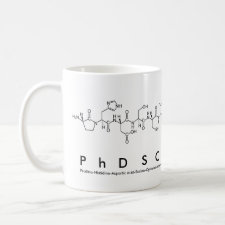
Authors: Yu BY, Zhang XL, He J, Yang KG, Zhao CS
Article Title: Effect of the template molecules and nonsolvent additives on the recognition property of molecular imprinted polyethersulfone particles.
Publication date: 2008
Journal: Journal of Applied Polymer Science
Volume: 108
Issue: (6)
Page numbers: 3859-3866.
DOI: 10.1002/app.28041
Abstract: In this study, molecular imprinted polyethersulfone (PES) particles were prepared by phase inversion technique. Bisphenol A, 4,4-biphenol, and phenol were used as the template molecules, and the functional binding performance in aqueous medium towards the template molecules was investigated. The nonsolvent additives such as ethanol, water, chloroform, and toluene had no effect on the recognition property of the PES particles. The resultant BPA imprinted particles showed the highest BPA recognition coefficient, which was 2.14 times higher than that for the nonimprinted ones. The 4,4-biphenol imprinted particles showed the highest binding ability towards the template which was 28.4 mol/g. Scatchard analysis showed that there were two classes of binding sites formed in the imprinted particles, and the equilibrium dissociation constant of the highest affinity binding sites was estimated to be 9.2 M. Finally, the interaction between PES and the templates was studied by Fourier transform infrared (FTIR) and NMR. © 2008 Wiley Periodicals, Inc. J Appl Polym Sci, 2008
Author keywords: molecular recognition, imprinted polyethersulfone particles, bisphenol A, Scatchard analysis



Join the Society for Molecular Imprinting

New items RSS feed
Sign-up for e-mail updates:
Choose between receiving an occasional newsletter or more frequent e-mail alerts.
Click here to go to the sign-up page.
Is your name elemental or peptidic? Enter your name and find out by clicking either of the buttons below!
Other products you may like:
 MIPdatabase
MIPdatabase









